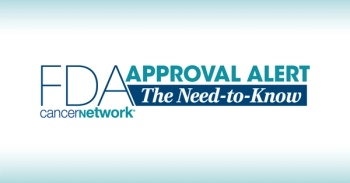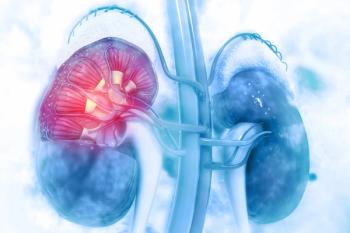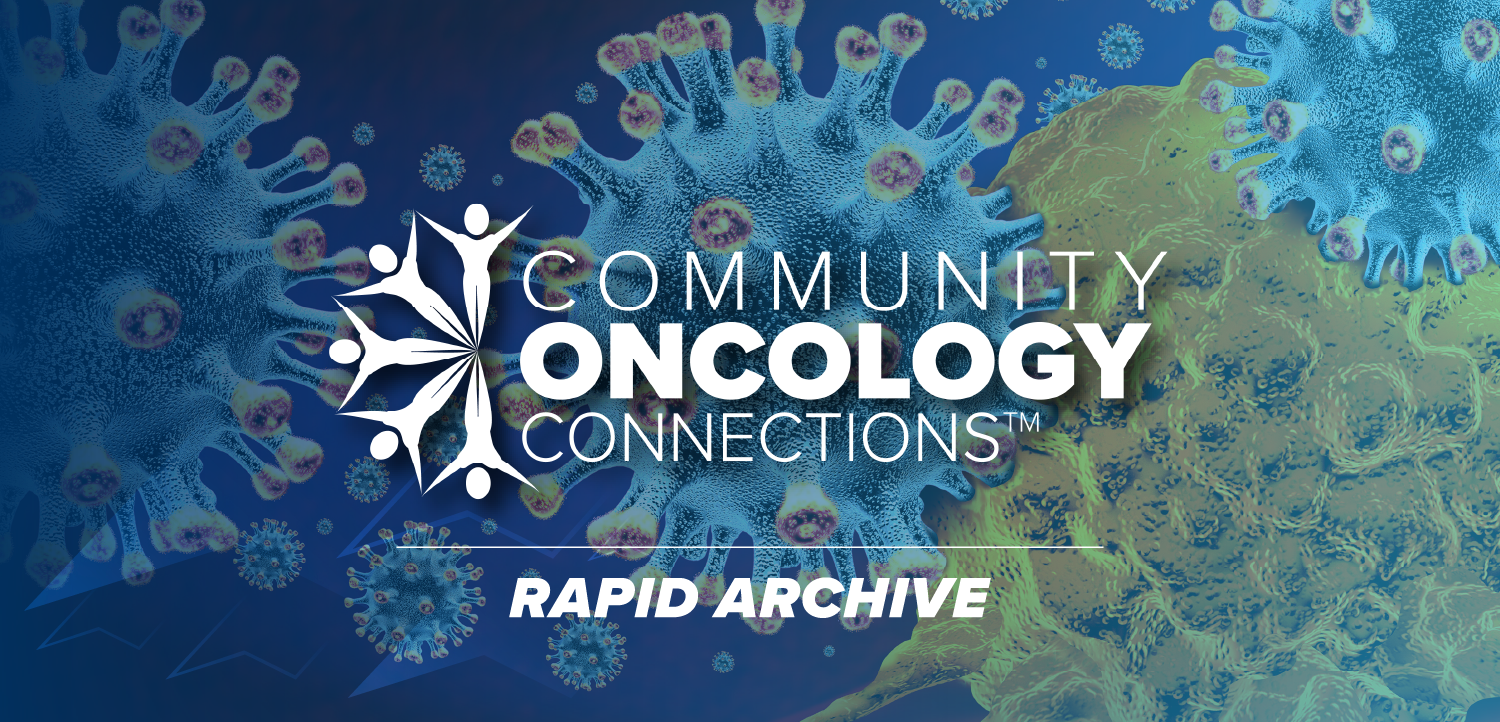
Pneumonitis Incidence From PD-1 Inhibitors Higher in NSCLC, RCC
Although the overall incidence of programmed cell death 1 (PD-1) inhibitor-related pneumonitis is rare, the serious adverse event may occur more commonly in certain solid tumor types like non–small-cell lung cancer and renal cell carcinoma.
Although the overall incidence of programmed cell death 1 (PD-1) inhibitor–related pneumonitis is rare, the serious adverse event may occur more commonly in certain solid tumor types like non–small-cell lung cancer (NSCLC) and renal cell carcinoma (RCC), according to the results of a meta-analysis
Because pneumonitis can be a life-threatening adverse event of treatment with PD-1 inhibitors, Mizuki Nishino, MD, MPH, of the Dana-Farber Cancer Institute in Boston, and colleagues conducted a systematic review and meta-analysis to compare the incidence of pneumonitis among different tumors types and treatment regimens.
“The motives of this meta-analysis were to identify what is known based on the published data and what remains unknown and thus needs to be investigated going forward,” the researchers wrote.
During their review they identified 26 studies of PD-1 inhibitors, and included 20 studies of melanoma (12 studies), NSCLC (5 studies), and RCC (3 studies) covering 4,496 patients in their meta-analysis. They tracked all incidence of all-grade and grade 3 or higher pneumonitis or pneumonitis-related deaths.
There was an overall all-grade pneumonitis incidence of 2.7% during PD-1 inhibitor monotherapy, and a 0.8% incidence for grade 3 or higher pneumonitis. Patients with NSCLC had a greater incidence of pneumonitis compared with patients with melanoma for both all-grade (4.1% vs 1.6%; P = .002) and grade 3 or higher (1.8% vs 0.2%; P < .001). Four treatment-related deaths occurred in patients with NSCLC on PD-1 inhibitor monotherapy. On multivariable analysis, the researchers found that patients with NSCLC had a 43% increased risk for all-grade pneumonitis (odds ratio [OR], 1.43; 95% CI, 1.08–1.89) and almost threefold the risk for grade 3 or higher pneumonitis (OR, 2.85; 95% CI, 1.60–5.08; P < .001).
“A higher incidence of pneumonitis among patients with NSCLC may be because these patients are more prone to develop drug-related lung toxic effects because of their exposure to smoking and underlying lung conditions, including chronic obstructive pulmonary disease and pulmonary fibrosis,” the researchers wrote. “Existing tumor burden in the lung may also limit the lung tolerance to exogenous stress and injury.”
Patients with RCC also had a higher incidence of all-grade pneumonitis compared with patients with melanoma (4.1% vs 1.6%; P < .001), but incidence of grade 3 or higher pneumonitis was not increased. Multivariable analysis showed that patients with RCC had a 59% increased risk for all-grade pneumonitis (OR, 1.59; 95% CI, 1.32–1.92; P < .001).
“The underlying reasons for these observations remain to be further investigated; however, the results again demonstrate the different susceptibilities of developing PD-1 inhibitor–related pneumonitis among patients with different tumor types and varying effect on their clinical course and outcome,” the researchers wrote.
In patients with melanoma, the researchers found that pneumonitis occurred more frequently during combination therapy than monotherapy with all-grade (6.6% vs 1.6%; P < .001) and grade 3 or higher (1.5% vs 0.2%; P = .001). One treatment-related death occurred in a patient with melanoma on combination therapy.
Overall patients on combination therapy had twice the risk for all-grade pneumonitis (OR, 2.04; 95% CI, 1.69–2.50; P < .001) and almost three times the risk for grade 3 or higher pneumonitis (OR, 2.85; 95% CI, 1.79–4.35; P < .001).
“In addition to the incidence of pneumonitis across a larger variety of immune-checkpoint inhibitors and tumor types, there remains a significant lack of knowledge of this entity in terms of its risk factors, diagnostic workup strategy, and optimal management guidelines,” they wrote. “We strongly believe that systematic investigations of a collection of individual cases of PD-1 inhibitor–related pneumonitis from multiple studies across different institutions will significantly contribute to characterize a full spectrum of clinical and radiographic manifestations of this entity and will serve as the first step to address these remaining clinically urgent questions.”
Newsletter
Stay up to date on recent advances in the multidisciplinary approach to cancer.


















































































